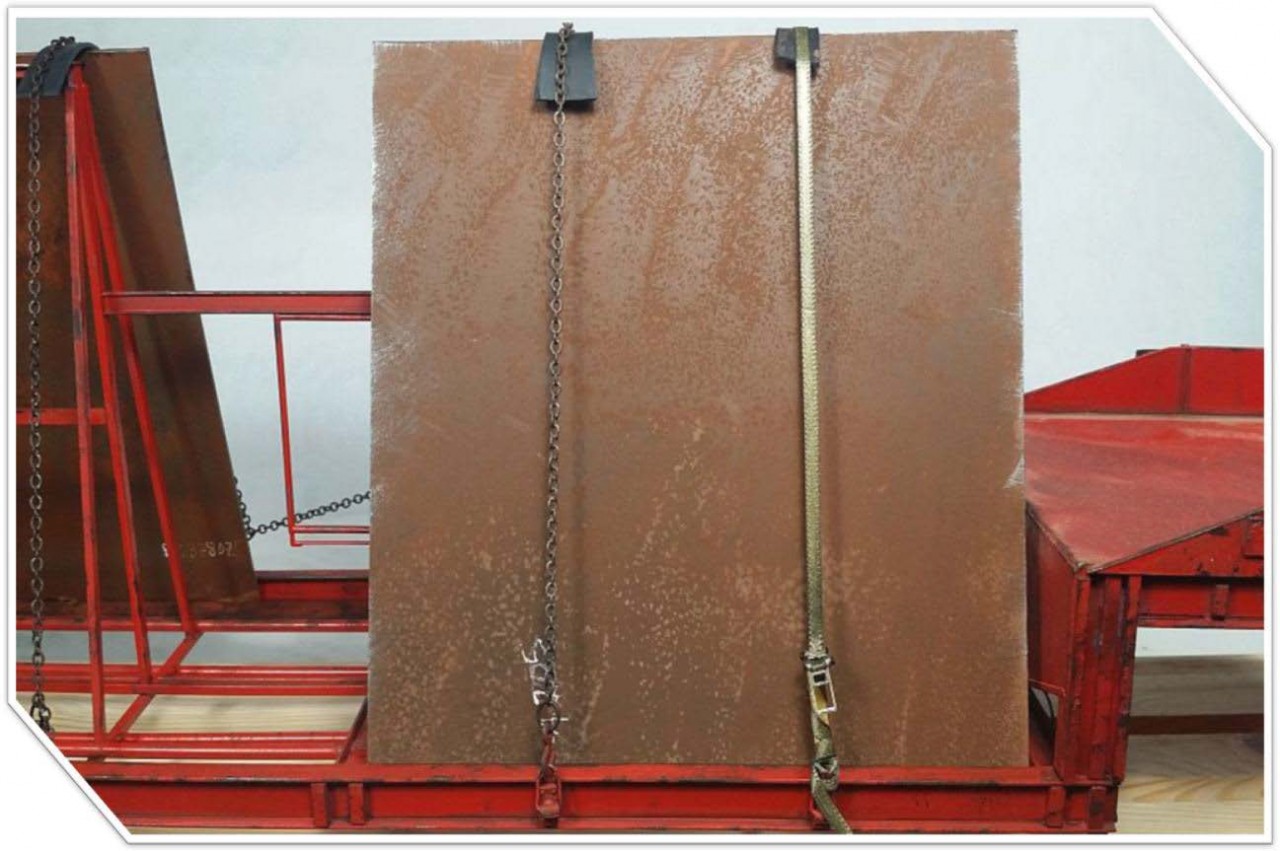Link to Item

If you have comments or questions please post them here.
Thanks!












Nice work. very useful tutorial. Thank you Charles.



@ti - Charles,
Thank you for sharing this easy to follow step-by-step technique for creating some very realistic rust effects on sheet cardboard.
~Eddy



Is there any advantage to using cardboard, or is it just because it is cheaper?






Excellent, easy to follow tutorial. Thank you Charles.







Simple yet effective. Will be using this in the future. Thanks!!





The markings you see could be hand written in usually white or yellow paint stick, and may be the plate identity or tracking number, a heat number, order number, grade of steel, and maybe the gauge/thickness and also length x width.
Some places may line mark that information down the length of the plate, with what is essentially an inkjet printer (or some places use a set of stencils on a wheel - thatís old school)
Or there might also be a printed tag/sticker attached to an end with ID/Heat/grade and probably some bar code.
Not all plates would be scaled up and rusty. Stainless steel or other specialty metal plates like nickel or titanium alloys would be pickled clean, and would be somewhat shiny, or even ground and would be very shiny and clean.
If itís regular carbon steel and fresh off the rolling mill, I think the metal with have a more blue/gray coloration from the mill scale/oxide. If they sit out for a long time the oxide/rust will grow and it becomes the red/brown.
And plated unless they are belt ground are rarely totally smooth. There will be some pits (would be small in most models), there could be some firecrack pattern from the rolls that may repeat - many other things get transferred from the rolls or vacuum lifters etc.
 |